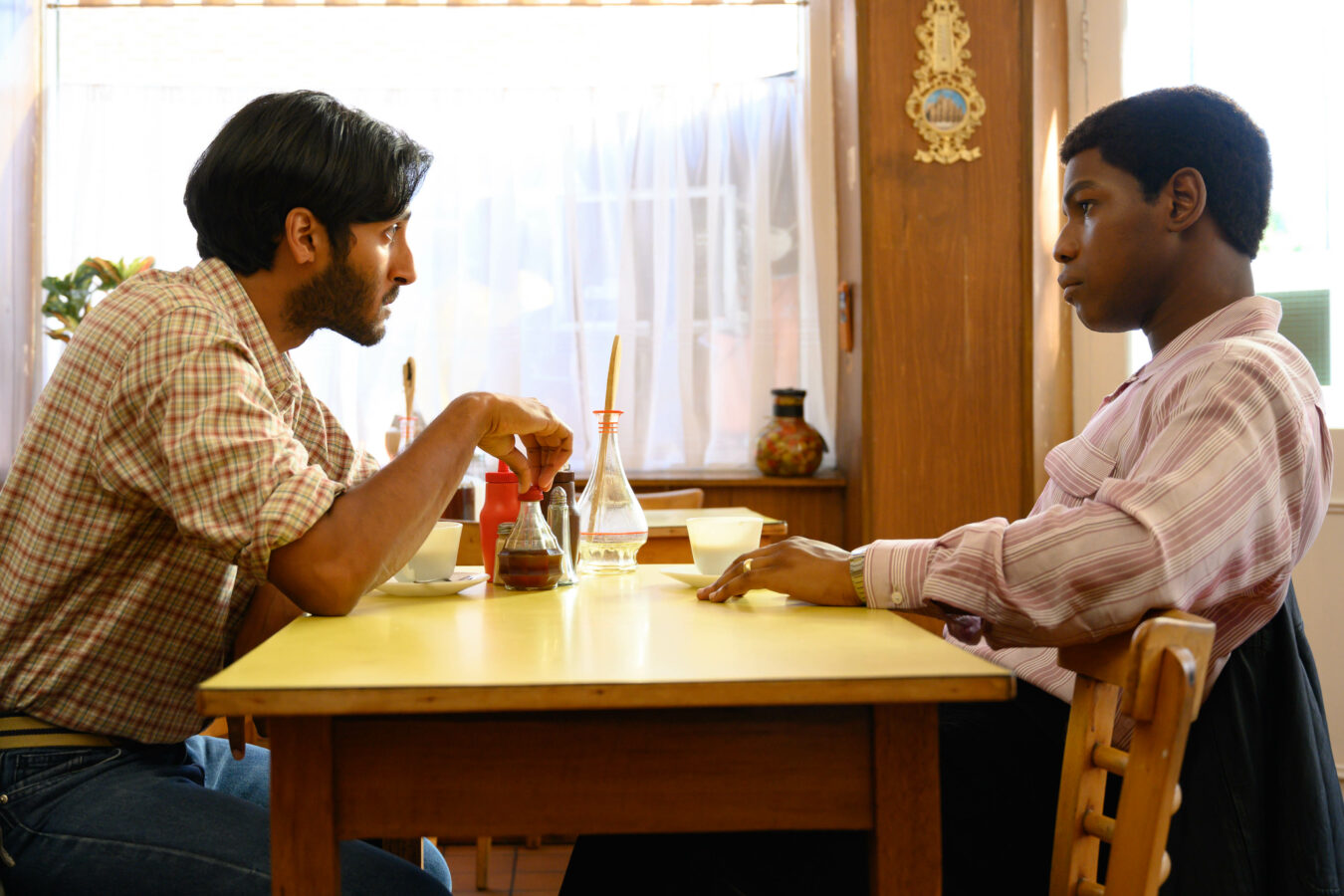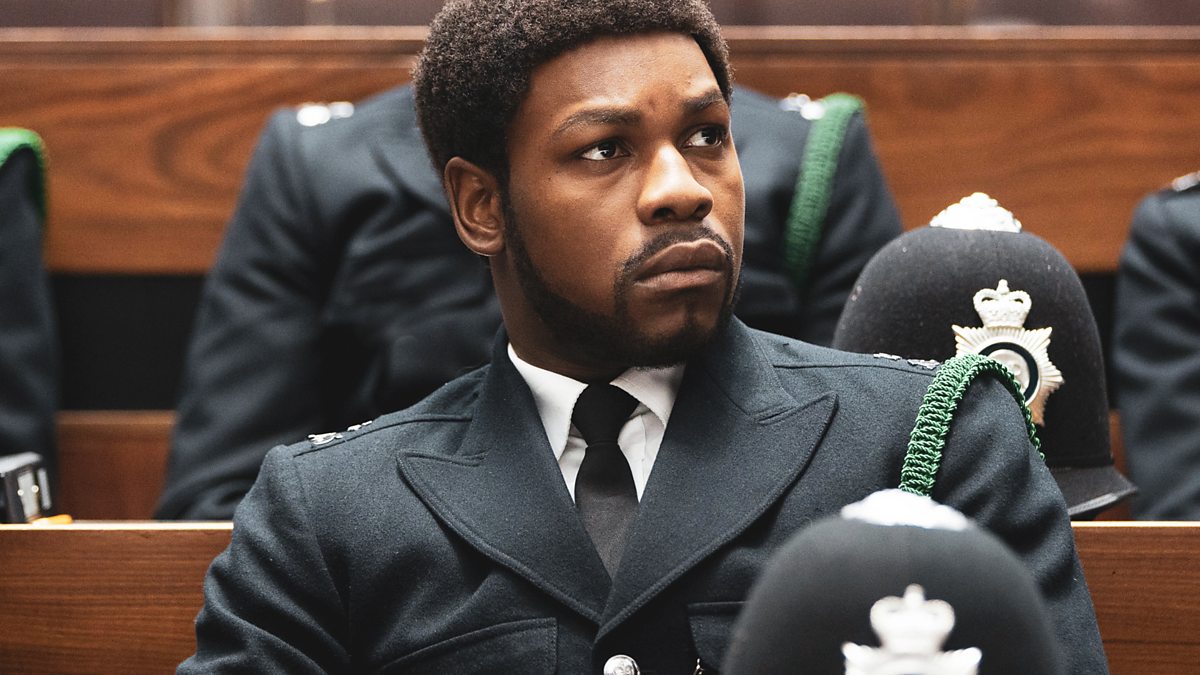The third installment in director Steve McQueen’s Small Axe collection of films centered on London’s West Indian community, Red, White and Blue is a gripping portrait based on the true story of Leroy Logan’s mission to stop racial injustice in the police force.
Set in the 1980s, John Boyega stars as Logan, a forensic scientist who decides to become a police officer after his father, Ken (Steve Toussaint), is beaten by the police over a parking dispute. Despite his father’s wishes, Logan joins the police force in hopes to challenge and reform them from within, with encouragement from his wife, Gretl (Antonia Thomas), and a family friend and community police liaison Jesse John (Nadine Marshall).
As the son of Jamaican immigrants, Logan’s mission of being a bridge between his Black community and the police is admirable but even more so difficult to watch. The relentless racism and mistreatment he faces as the only Black officer in his unit leaves the audience questioning why he is doing this. One scene asks that very question, as Logan explains to another officer, Asif (Assad Zaman), that his choice to be a bridge means he is alone but that he does it to help serve his community. On the surface, that doesn’t quite seem like a satisfactory answer, but the way Logan says this as if it’s simply a matter of fact, we know it’s his truth. Logan knows he’s the proverbial small axe chipping away at something large and sinister. We finally get it, even though it’s hard to swallow.
After all, McQueen is not the type of director who makes palatable Hollywood fare.

Nothing about being a police officer is easy for Logan, and McQueen commits to this imbalance of power visually throughout Red, White and Blue. When Logan’s white running mate starts to talk him into becoming a police officer, his friend’s police uniform hangs in the background. During the scene, Logan approaches the uniform thus transforming the frame into an extreme low angle shot. This confounded me for a moment. Here was Logan and the uniform, a notorious symbol of hate in his community, both looking empowered and larger than life, yet visually, the scene strikes at the unjust power imbalance between the two. Later, when Logan wears his uniform and stares in the mirror, his gaze could easily be misinterpreted as blank. Rather, it is unflinching in the same way his father stares in the mirror when his opportunity to hold the police officers who had beat him accountable in court is hampered. In their search for justice, both men are forced to contend with the crushing powers that be.
McQueen, along with co-writer Courttia Newland, shows great economy in storytelling. While Red, White and Blue focuses only on Logan’s early days as a police officer, the film relays his background and his connections to his family and friends in rich, emotive detail in its brisk 80-minute running time.
Part of this is the writing, but much of it is due to the performances, most notably Boyega’s. If Attack the Block and the latest Star Wars trilogy are any examples, charm and screen presence are givens when it comes to Boyega’s talent. In this film, Boyega manifests those two attributes of his performance differently. We see it in the way he embodies this character, how Logan hugs his wife in support while playing Scrabble with his family, how he dances with his friend, and how he toasts his dad during one of the few times when they see eye-to-eye. It’s also visible in how Boyega presents Logan’s pain, frustration, and resolve in his eyes and on his body. This performance is as cerebral as it is physical, from the moments where he’s staring off in the distance to yelling “come on!” repeatedly in frustration as he runs around a track.
Two more installments await us in the Small Axe film collection, which seems unbelievable because the three we received thus far have been exceptional. Many will find that Mangrove and Red, White and Blue are two films that complement each other with stories that examine perspectives from both sides: the community and the police. Each film, and this one in particular, is continued proof of McQueen’s ability to explore racism, injustice and many other complex and difficult topics with such keen emotion that the audience—no matter how tempted or distressed they may feel—cannot look the other way.
Advertisement
Red, White and Blue, as part of the Small Axe film collection, is now streaming on Amazon Prime Video.
Advertisement
